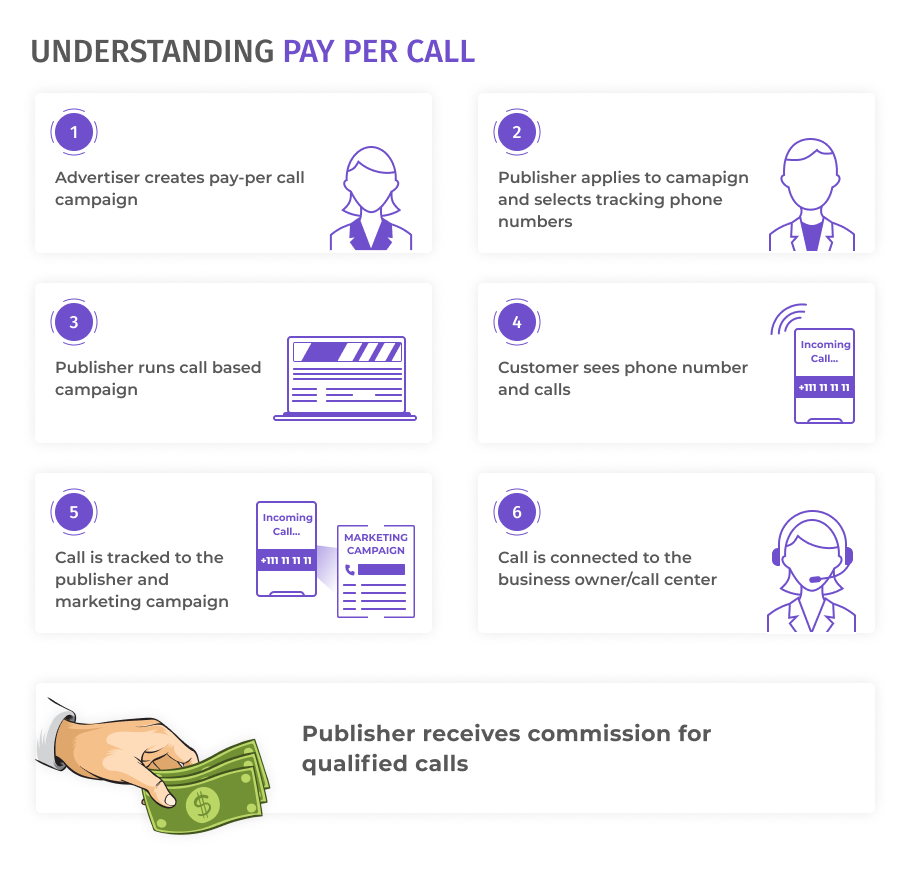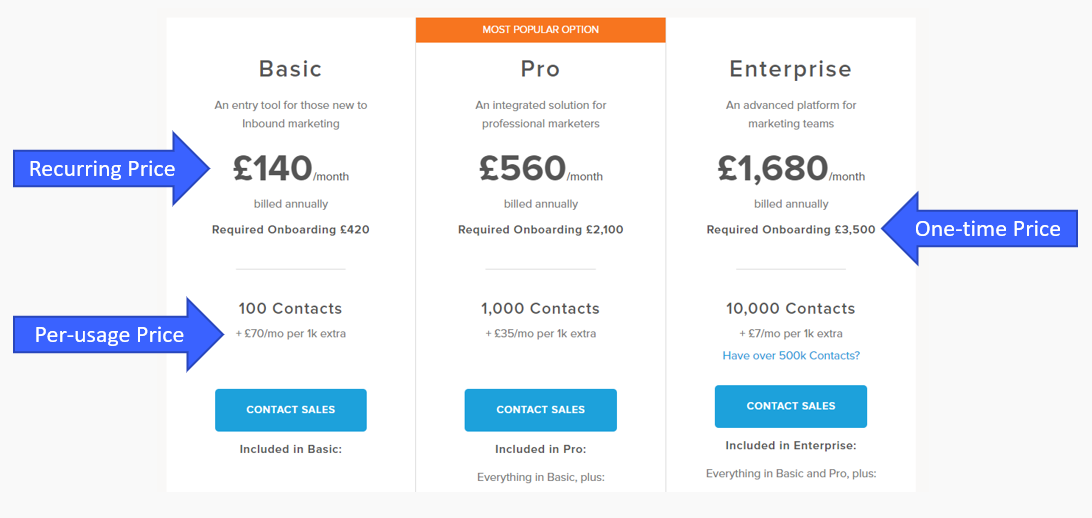Pay-Per-Use Insurance Models: The Future of Flexible Coverage
The world of insurance is evolving at a rapid pace. Consumers are increasingly looking for solutions that are more flexible, affordable, and tailored to their specific needs. Enter Pay-Per-Use Insurance Models—an innovative approach that provides a way for individuals to pay for only the coverage they need, when they need it.
This article explores how Pay-Per-Use insurance works, the benefits it offers, its challenges, and why it is considered the future of the insurance industry.
What is Pay-Per-Use Insurance?
Pay-Per-Use (PPU) insurance is a modern and flexible model where customers only pay for the insurance coverage they actually use, as opposed to paying a flat rate or a premium based on broad assumptions. This model allows policyholders to purchase coverage on-demand, which is ideal for those who only need insurance for specific activities or over short periods of time.
Key Features of Pay-Per-Use Insurance:
- Usage-Based Payments: Coverage costs are based on usage—whether it’s the number of miles driven, the hours of use, or the frequency of an event.
- On-Demand Flexibility: Consumers can activate or deactivate insurance coverage as required, offering greater control over their policies.
- Data-Driven: Insurers rely on real-time data (such as telematics for driving behavior or IoT sensors for health and property insurance) to calculate premium costs based on actual usage patterns.
This approach is part of a broader shift toward usage-based insurance (UBI), where consumers are no longer locked into fixed rates and can adjust their coverage depending on their needs.
How Does Pay-Per-Use Insurance Work?
The process behind Pay-Per-Use insurance models relies heavily on technology and data analytics. For example:
- Car Insurance: A driver who uses their car infrequently can opt for Pay-Per-Use auto insurance. With the help of telemetry devices, insurers track driving habits such as mileage, speed, and route. Drivers are then charged based on the actual distance traveled or how safely they drive.
-
Home Insurance: Homeowners might only need insurance for specific periods, such as during a vacation or when they are away. With smart home technology, insurers can activate and deactivate coverage based on home occupancy status, reducing premiums when a home is unoccupied.
-
Health Insurance: Pay-Per-Use health insurance allows people to pay for insurance only when they need medical care. This could include paying for visits to a clinic or hospital, with premiums adjusted based on how often the individual uses healthcare services.
Benefits of Pay-Per-Use Insurance
This model offers multiple benefits for both consumers and insurers, making it an appealing alternative to traditional insurance models:
1. Cost Savings
One of the biggest advantages of Pay-Per-Use insurance is the potential for significant cost savings. By paying only for the coverage they actually use, consumers can avoid paying for unnecessary coverage, which is especially beneficial for low-mileage drivers, occasional travelers, or people who only require medical care intermittently.
- For example, a driver who uses their car only on weekends may pay far less than someone who commutes daily.
2. Personalized Coverage
Pay-Per-Use models are often highly customizable, allowing customers to tailor their insurance policies to match their unique needs. Whether it’s car insurance, health insurance, or property insurance, consumers can adjust their coverage to reflect their actual usage patterns.
- Example: A renter may choose to purchase renters insurance only when moving or storing valuables in storage, and deactivate the policy once the move is complete.
3. Increased Transparency
Unlike traditional insurance plans, where the pricing structure is often opaque, Pay-Per-Use insurance models tend to be more transparent. Customers can clearly see what factors influence their premiums (e.g., mileage, usage time, behavior) and have more control over how much they spend.
Quote:
“In the Pay-Per-Use insurance model, transparency and customization take the guesswork out of pricing, providing a direct link between usage and cost.”
4. Better Risk Management
For insurers, Pay-Per-Use models allow for more accurate risk assessment. With data-driven models, insurance providers can better understand the behavior of their customers, adjust premiums based on real-world usage, and minimize the risk of fraud.
- Telematics data can track driving behavior, providing accurate insights into a driver’s risk level. Safe drivers are rewarded with lower premiums.
Challenges of Pay-Per-Use Insurance
Despite the many advantages, Pay-Per-Use insurance models face some challenges:
1. Data Privacy Concerns
Pay-Per-Use insurance relies heavily on data collection, such as telematics in cars or health data from wearable devices. This raises concerns around data privacy and the security of sensitive customer information. Both insurers and regulators need to ensure robust data protection measures are in place to protect consumer rights.
- Companies must adhere to strict data privacy laws (such as GDPR) and provide clear consent mechanisms for consumers.
2. Technology Dependence
The success of Pay-Per-Use insurance depends on advanced technology and the ability to collect and analyze real-time data. If the technology fails or encounters issues, it could result in inaccurate data collection, leading to potential billing mistakes or coverage gaps.
- This model may not be as viable in areas with limited access to reliable technology or infrastructure.
3. Consumer Awareness
Although Pay-Per-Use insurance offers great benefits, many consumers are still unfamiliar with the concept and may be hesitant to switch from traditional models. Education and awareness campaigns are necessary to help customers understand the advantages of this new model.
- Insurers need to offer clear explanations and incentives for consumers to transition to Pay-Per-Use plans.
Examples of Pay-Per-Use Insurance Models
Several companies have already implemented Pay-Per-Use insurance successfully. Let’s look at a few examples:
1. Metromile (USA)
Metromile is a Pay-Per-Mile car insurance provider, offering a flexible alternative to traditional auto insurance. Metromile uses a device that plugs into a vehicle’s OBD-II port, collecting data on driving behavior and calculating premiums based on the miles driven.
- Benefits: Customers only pay for the miles they drive, and safe drivers enjoy lower premiums.
Quote:
“Metromile offers a revolutionary insurance model that charges you based on how much you drive. It’s perfect for those who want to save money on car insurance.”
2. Cuvva (UK)
Cuvva provides Pay-As-You-Go car insurance that allows users to pay for insurance by the hour, day, or week. It’s an ideal choice for people who drive occasionally and want to avoid the cost of a full-time policy.
- Benefits: Instant coverage and the ability to turn the insurance on and off as needed.
3. Trov (Australia)
Trov offers on-demand insurance for personal belongings, allowing users to insure their gadgets, cameras, and other valuables for the periods they actually use them. This eliminates the need to pay for year-round coverage when the items may not be in use.
- Benefits: Instant coverage and the ability to insure specific items only when needed.
FAQs About Pay-Per-Use Insurance
1. How is Pay-Per-Use insurance different from traditional insurance?
Traditional insurance involves paying a fixed premium regardless of usage, while Pay-Per-Use insurance charges based on the actual use of the insured asset or service.
2. What types of insurance can be offered through the Pay-Per-Use model?
Common types of Pay-Per-Use insurance include auto insurance, health insurance, home insurance, and gadget insurance. Any insurance that is usage-based can adopt this model.
3. Is Pay-Per-Use insurance cheaper than traditional insurance?
Yes, Pay-Per-Use insurance is often more affordable for individuals who only need insurance intermittently, as they only pay for what they use.
4. How does data impact Pay-Per-Use insurance pricing?
Insurers use data to assess risk and usage patterns, which directly influences the pricing. For instance, safer drivers, low-mileage drivers, or occasional users may pay lower premiums based on their behavior or usage.
Conclusion
Pay-Per-Use insurance is a transformative model in the world of insurance, offering a more customized, affordable, and flexible approach to coverage. As consumers seek better control over their insurance costs, this model offers an excellent alternative to the rigid, one-size-fits-all approach of traditional insurance.
While there are challenges to overcome, such as data privacy concerns and technology dependencies, the future of Pay-Per-Use insurance looks promising. With more consumers embracing the benefits of flexibility and transparency, Pay-Per-Use insurance will continue to grow and reshape the insurance industry in the years to come.
For more information on the latest trends in insurance, check
out these insurtech innovations.



